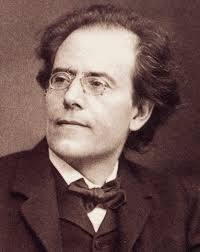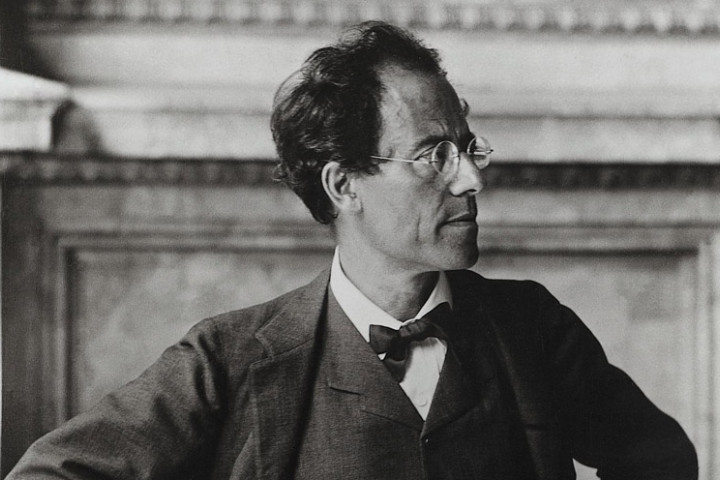The History of Symphony No. 2, “Resurrection” by Gustav Mahler
Gustav Mahler’s Symphony No. 2 in C minor, widely known as the “Resurrection” Symphony, stands as one of the most ambitious and spiritually profound works in the orchestral repertoire. Composed over the span of nearly seven years, from 1888 to 1894, the symphony explores themes of life, death, and the hope for renewal. It marked a turning point in Mahler’s career, not only establishing his voice as a symphonist but also signaling his bold fusion of the spiritual and the symphonic.
Origins and Early Inspiration
Mahler began work on the first movement in 1888, initially envisioning it as a single-movement tone poem titled Totenfeier (Funeral Rites). This powerful and dramatic piece was deeply influenced by his philosophical reflections on mortality, the afterlife, and the meaning of human existence. It was only later that Mahler decided to expand the piece into a full symphony.
The idea for a multi-movement symphonic structure developed slowly. Mahler struggled for years to find a suitable continuation to the massive and emotionally intense opening movement. It wasn’t until the death of his colleague and friend, conductor Hans von Bülow, in 1894 that Mahler had a breakthrough. At Bülow’s memorial service, Mahler heard a setting of Friedrich Gottlieb Klopstock’s poem “Die Auferstehung” (“The Resurrection”) and was deeply moved. This poem provided the spiritual and textual foundation for the final choral movement of the symphony and gave the entire work its overarching theme.
Structure and Themes
The Resurrection Symphony is scored for a large orchestra, soprano and alto soloists, a full chorus, and organ, and it unfolds in five movements:
- Allegro maestoso (Totenfeier) – A dramatic and turbulent funeral march expressing the pain and questioning of death.
- Andante moderato – A gentle and nostalgic Ländler (Austrian folk dance) reflecting fond memories of life.
- In ruhig fließender Bewegung – A scherzo based on Mahler’s earlier song “Des Antonius von Padua Fischpredigt” (St. Anthony of Padua’s Sermon to the Fishes), presenting a satirical and circular view of existence.
- “Urlicht” (Primal Light) – A serene setting for alto solo of a text from Des Knaben Wunderhorn (The Youth’s Magic Horn), expressing longing for salvation and divine grace.
- Im Tempo des Scherzos – The monumental finale that begins with an apocalyptic vision and culminates in the triumphant resurrection of the soul. Here Mahler uses Klopstock’s poem, expanded with his own verses, to proclaim a message of hope and eternal life.
Reception and Legacy
Mahler conducted the premiere of the complete symphony on December 13, 1895, in Berlin. Though the work received mixed reactions initially—some found its scale and spiritual content overwhelming—it soon came to be recognized as a masterpiece. Over time, the Resurrection Symphony has become one of Mahler’s most frequently performed and celebrated works.
Its combination of intimate emotion, philosophical depth, and overwhelming sonic power captures the essence of Mahler’s unique symphonic vision. The final chorus, with its message of renewal—“Rise again, yes, you shall rise again!”—resonates with audiences as a deeply moving affirmation of faith in the face of death.
Conclusion
Gustav Mahler’s Symphony No. 2, “Resurrection” is not just a musical composition—it is a journey through the darkest questions of existence toward a powerful vision of redemption and hope. Through this symphony, Mahler created a profound statement on the human condition, one that continues to inspire and move listeners around the world more than a century after its creation.


Comments are closed